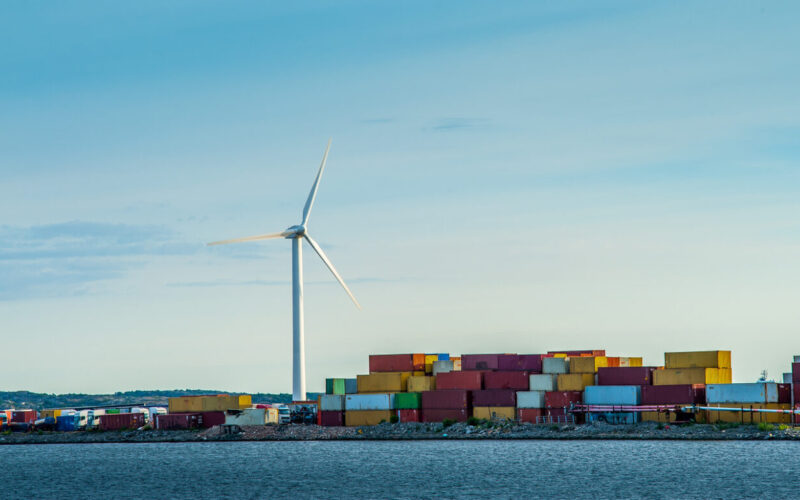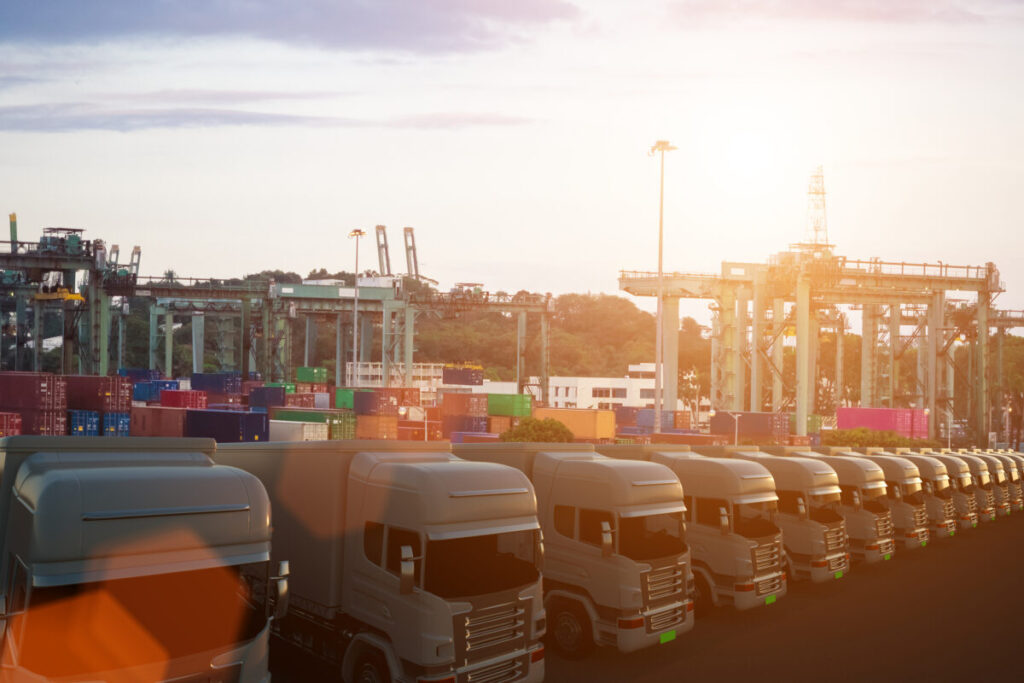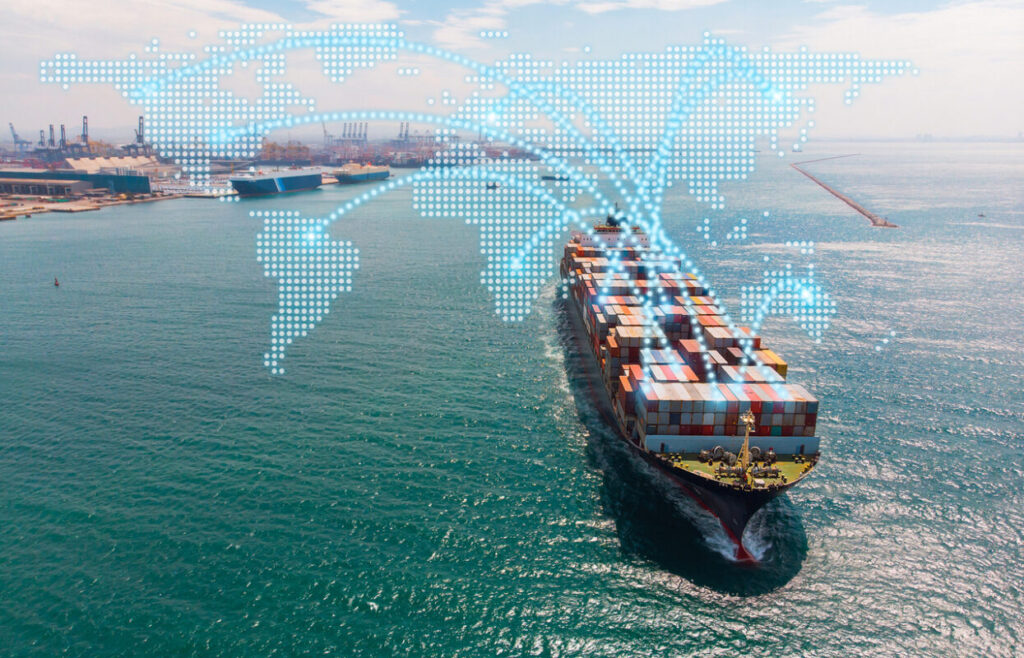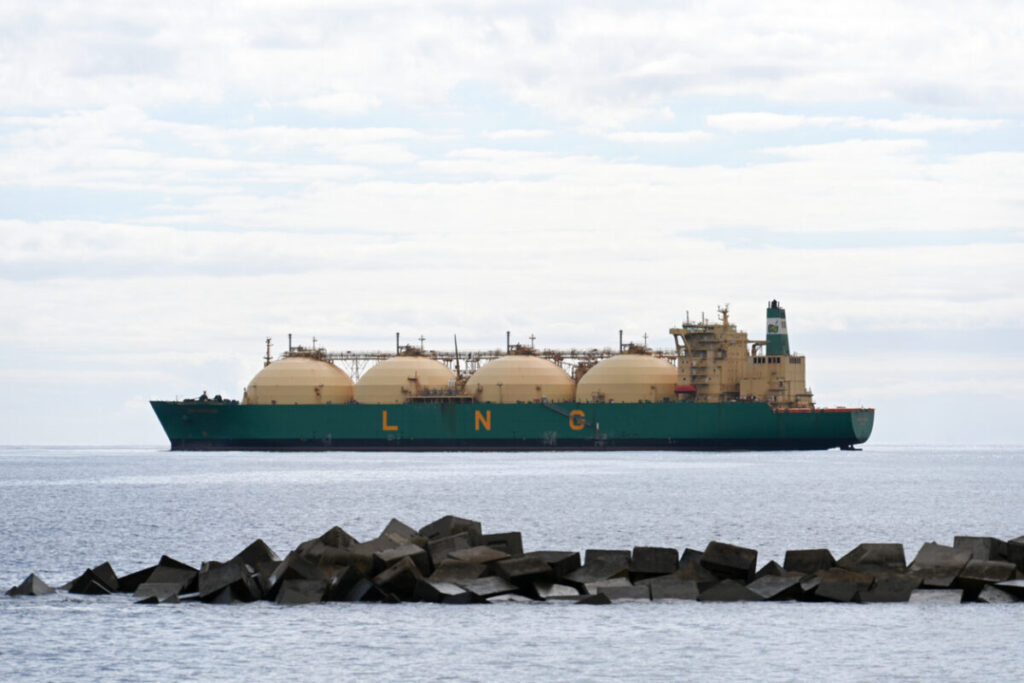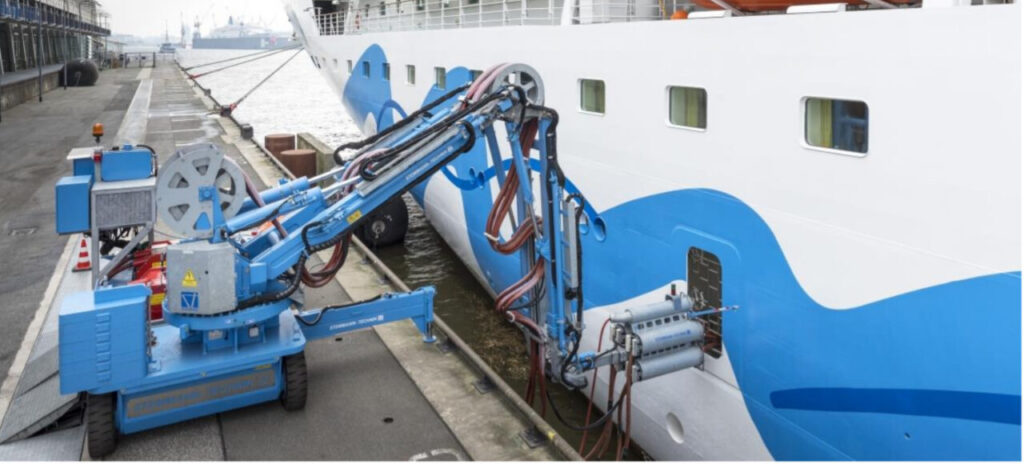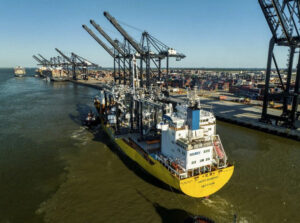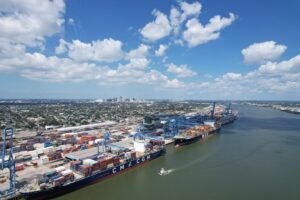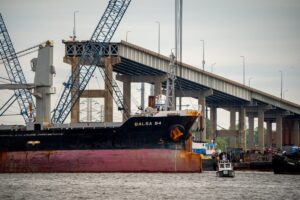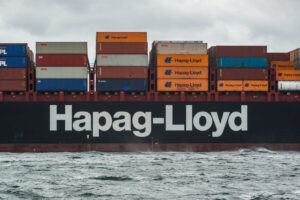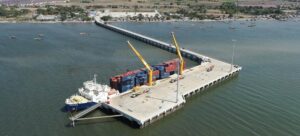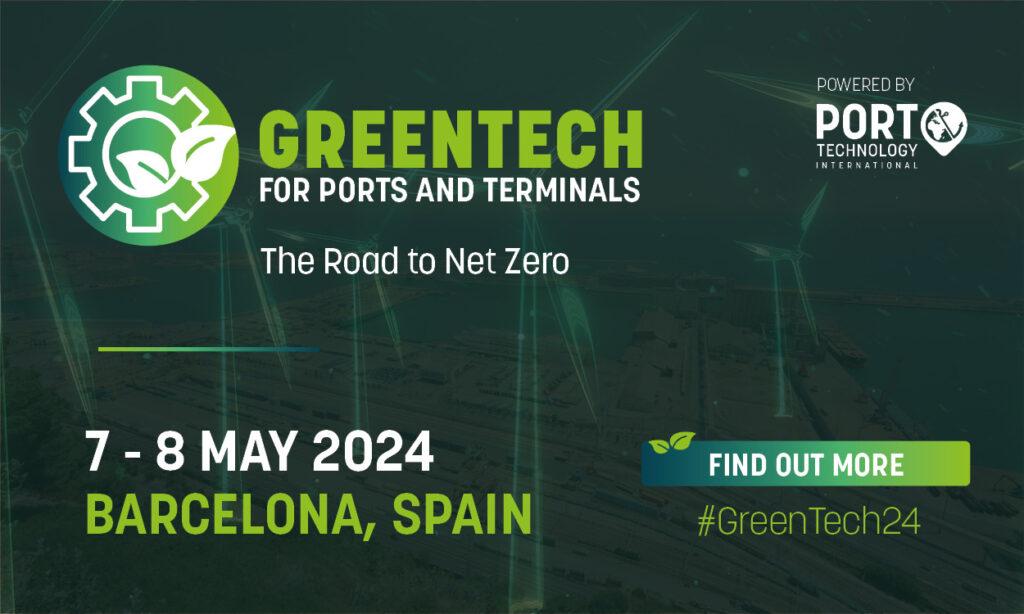A green port invests and promotes environmentally friendly, long-term operations in all forms of the port and marine sector.
Green ports aim to minimise their ecological footprint by implementing various measures such as reducing air and water pollution, optimising energy consumption, using renewable energy sources, promoting eco-friendly transportation and managing waste effectively.
Globally, multinational maritime and shipping institutions are working together with supply chain partners to collectively reduce power consumption and carbon emissions.
Here are a few of the most recent strategies ports are employing to achieve sustainability:
- Solar energy
- Electric Vehicles (EVs)
- Digitalisation
- Low-carbon and zero-emissions fuel
- Onshore Power Supply (OPS)
Solar energy
Solar energy refers to any sort of energy created by the sun, which may be used directly or indirectly for human benefit.
Generating green power on-site at ports and terminals can dramatically reduce off-site pollution, enhance the public attitude toward ports and lower energy costs.
Many notable ports and terminals have already implemented solar panels on their sites, such as the Port of Rotterdam, Portsmouth Port, Ports of Stockholm, and the Port of Valencia.
In June 2023, HHLA TK Estonia, a subsidiary of Hamburger Hafen und Logistik AG (HHLA), built the biggest solar park in the Estonian Muuga Harbour.
More recently, in March, Peel Ports Group announced plans to install the UK’s largest roof-mounted solar energy system at the Port of Liverpool.
Electric Vehicles (EVs)
An EV is an automobile powered by an electric motor, takes electricity from a battery and can be charged from an external source.
As EVs do not utilise fossil fuels to generate electricity, they may not have some components found in vehicles. For example, fuel lines, and fuel tanks. This means that most EVs do not generate CO2, helping to minimise air pollution.
In February of this year, APM Terminals (APMT) announced a substantial shift in its terminal operations fleet to EVs.
Most recently, in April, CMA CGM Group announced that it would be a founding member of Flexis SAS, the next generation of electric van enterprise, along with Renault Group and Volvo Group.
Digitalisation
Digitalisation refers to the use of digital technology to improve the efficiency, transparency and competitiveness of ports and terminals.
Although the maritime industry is an old sector that traditionally manages shipping operations through manual record-keeping and communication systems, it has often been criticised as an industry that does not adapt quickly enough to digitalisation.
However, many organisations are now beginning to implement various technologies, as it improves safety and reduces the industry’s environmental effect.
For example, in September 2023, FourKites, a supply chain visibility provider, announced the launch of Fin AI, a new natural language interface that helps its clients uncover hidden insights.
Two months later, Johor Port Berhad in Malaysia partnered with Innovez One to enhance maritime services and port operations through digitalisation.
The cooperation reportedly plans to employ Artificial Intelligence (AI) to enhance operations and cut GHG emissions at the fully integrated Multi-Purpose Port.
Low-carbon and zero-emissions fuels
There are several strategies for lowering GHG emissions that may considered to be zero-carbon. These include hydrogen and synthetic non-carbon fuels (ammonia), as well as battery power obtained from zero-carbon energy produced by solar, wind, hydro, or nuclear power plants.
In July 2023, the International Maritime Organization (IMO) and MEPC amended their strategy to minimise GHG emissions from shipping.
The new IMO GHG Strategy contains an enhanced shared objective of attaining net-zero GHG emissions from international shipping ‘by or around 2050‘.
Ever since this announcement, many maritime institutions have been trying to implement these zero emissions strategies in their vessels to reach the 2050 goal.
Onshore Power Supply (OPS)
According to the European Alternative Fuels Observatory, Onshore Power Supply (OPS) allows ships to turn off their engines when berthed. The ship’s power load is shifted to an onshore power source without disrupting onboard operations. As a result, emissions into the nearby environment are eradicated.
A typical OPS installation consists of a structure or shelter that houses the necessary technical equipment, such as switchgear, transformers, and frequency converters, which seek to match the shore’s electrical characteristics to those of the ship.
OPS is believed to be one of the most efficient techniques for ports to mitigate emissions.
In April 2022, the Port of Kapellskär, part of Ports of Stockholm, announced that it would supply OPS connection to two new Finnlines vessels in 2023.
One year later, in June 2023, the Costa-MSC Transversal dock in Valencia announced it would put out to bid the first OPS electrification project, with an estimated cost of €11 million ($11.7 million).
Join us at the second edition of Greentech at World Trade Center Barcelona on 7-8 May! Greentech 2024 will focus on key topics such as electrification, sustainable infrastructure, green shipping, technology, digitalisation and decarbonisation.

